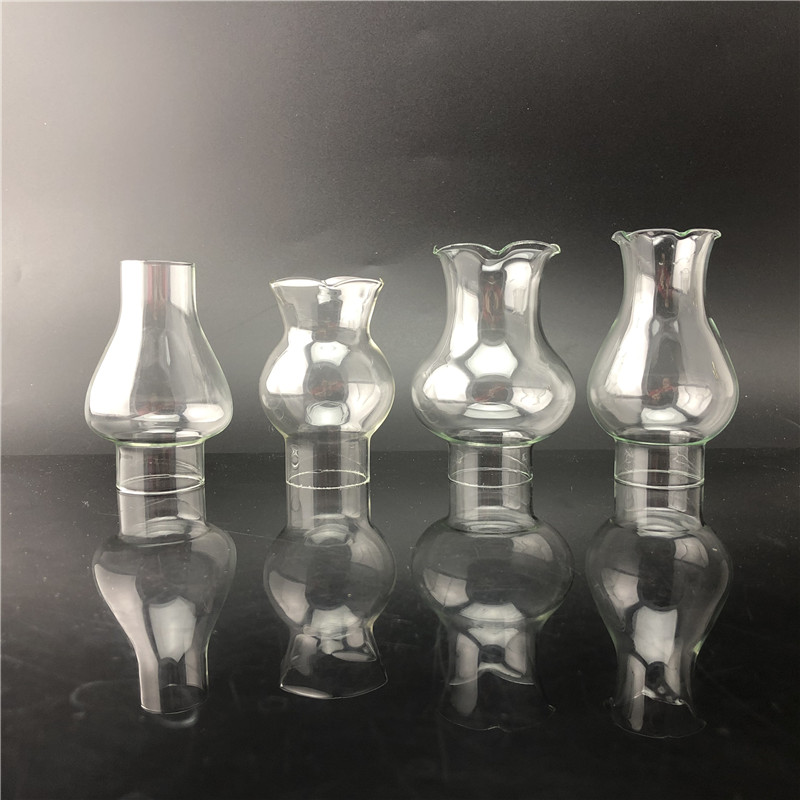In recent years, there has been a growing trend towards sustainable living and reducing plastic waste. This movement has led to a surge in the popularity of glass jars as a more environmentally friendly alternative for storing food and other items. As awareness of the impact of plastic on the environment grows, consumers are turning to glass jars as a more sustainable option.
Using glass jars to store food and other items is not a new concept, but it has gained huge traction in recent years. With efforts to reduce single-use plastic and adopt more sustainable practices, glass jars have become a popular choice for storing a variety of products. From pantry staples like grains, nuts and spices to homemade jams, pickles and sauces, glass jars offer a versatile and eco-friendly storage solution.

Unlike plastic containers, which degrade over time and leach harmful chemicals into their contents, glass jars are non-toxic and do not absorb odors or tastes. This makes them ideal for storing a variety of foods without compromising on their quality. Additionally, glass jars can be easily cleaned and reused, reducing the need for single-use packaging and minimizing waste.
As more and more people embrace minimalist and sustainable lifestyles, the simple yet elegant look of glass jars has become a popular choice for kitchen storage. The transparency of the glass also allows for easy identification of contents, making it easier to organize and access stored items. Whether displayed on an open shelf or neatly arranged in the pantry, glass jars add a touch of sophistication to any space.
Large food glass container are also in line with the zero-waste movement that is booming around the world. By choosing reusable glass containers instead of single-use plastic packaging, consumers are making a conscious effort to reduce their impact on the environment. This shift towards sustainable alternatives reflects the growing recognition of the need to minimize plastic pollution and adopt greener practices in daily life.
The rise of lidded glass jars has also been driven by the DIY and zero-waste communities, with people increasingly turning to homemade and packaging-free options. From homemade skin care and cleaning products to bulk food purchases, glass jars offer a sustainable and plastic-free way to store and transport these items. This trend is further amplified by social media influencers and bloggers who promote sustainable living and share creative ways to incorporate glass jars into their daily lives.
As the demand for glass jars with lids continues to grow, manufacturers and retailers are catering to different consumer needs by offering a variety of options. From traditional glass bottles to modern airtight containers, there are a variety of options for those looking for sustainable storage solutions. Plus, the variety of sizes and shapes of glass jars makes them suitable for storing anything from small spices to large batches of homemade preserves.
What is the average size of a glass jar?
The average size of a glass jar can vary widely depending on its intended use. However, a common size for a standard glass jar is around 16 ounces (473 mL) in capacity. This size is often used for canning, preserving, and storing food items such as jams, pickles, and sauces. Keep in mind that there are many different sizes and shapes of glass jars available, so the average size can differ based on the specific type of jar.
How do you measure glass jars?
Glass jars are typically measured by their capacity, which is usually expressed in ounces or milliliters. To measure the capacity of a glass jar, you can use a measuring cup or a kitchen scale.
If you're using a measuring cup, simply fill the jar with water and pour the water into the measuring cup to determine the volume in ounces or milliliters.
If you're using a kitchen scale, place the empty jar on the scale and note the weight. Then, fill the jar with water and weigh it again. The difference in weight will give you the volume of the jar in ounces or grams, which can be converted to milliliters if needed.
Post time: 2024-02-23



